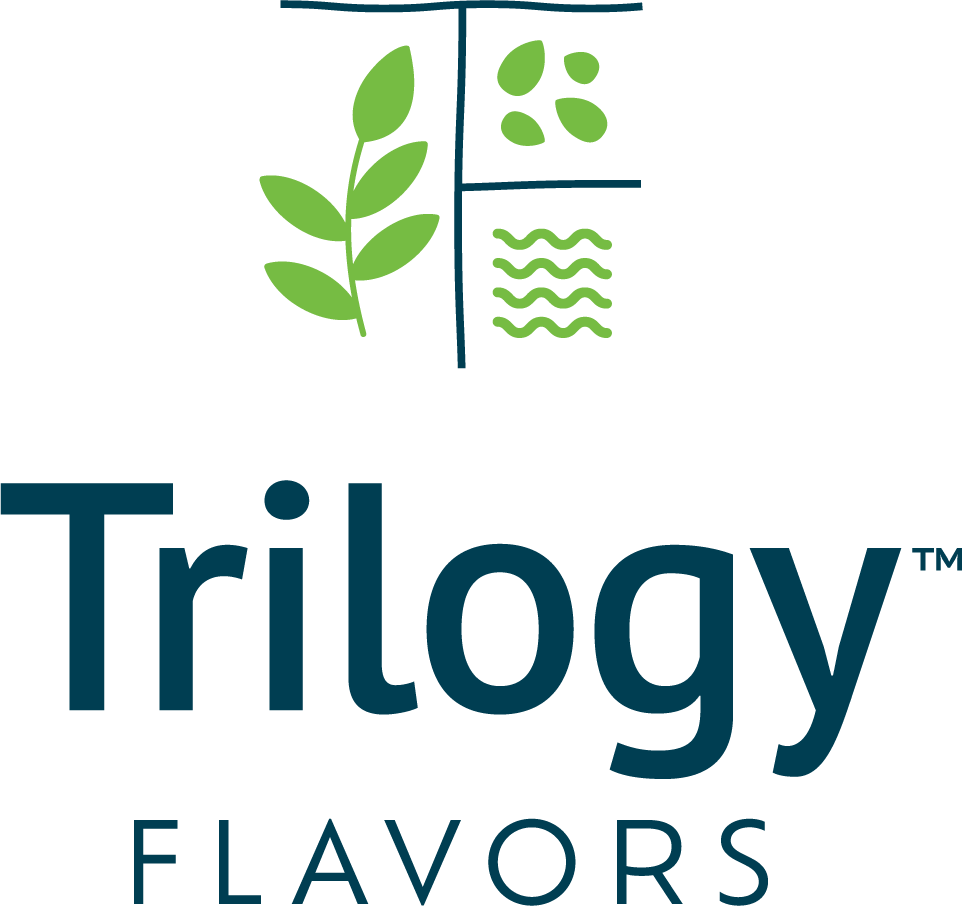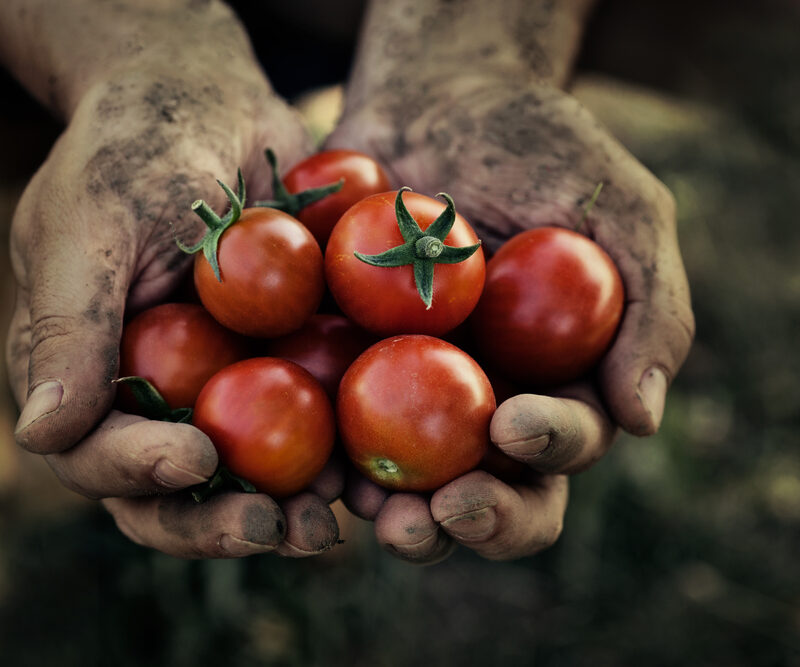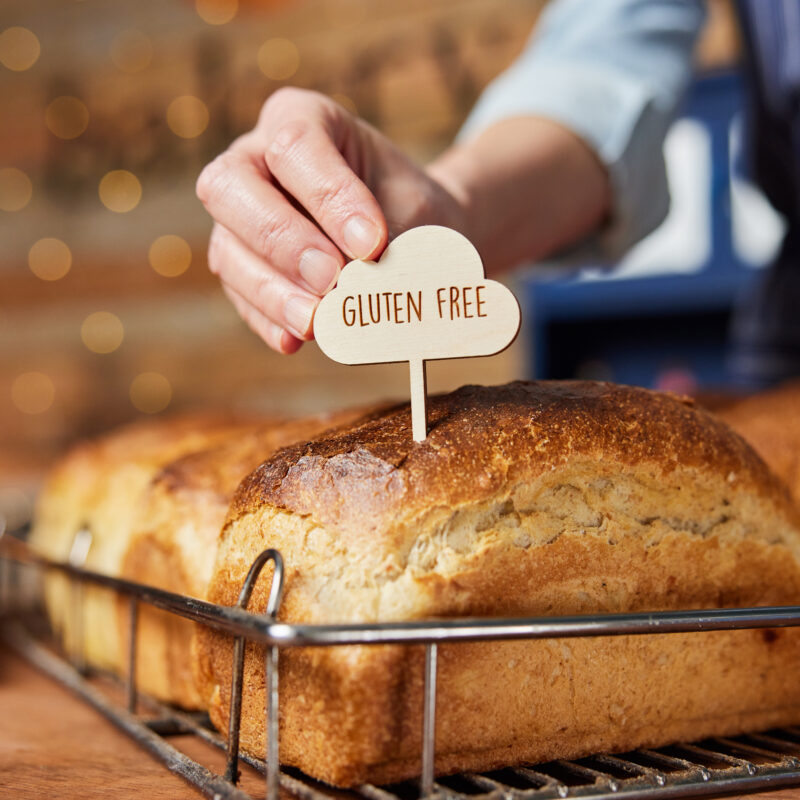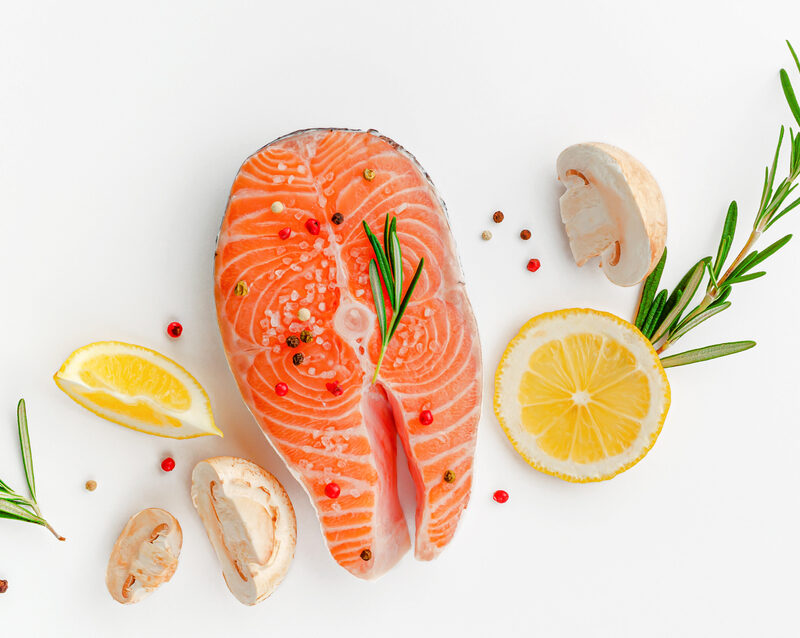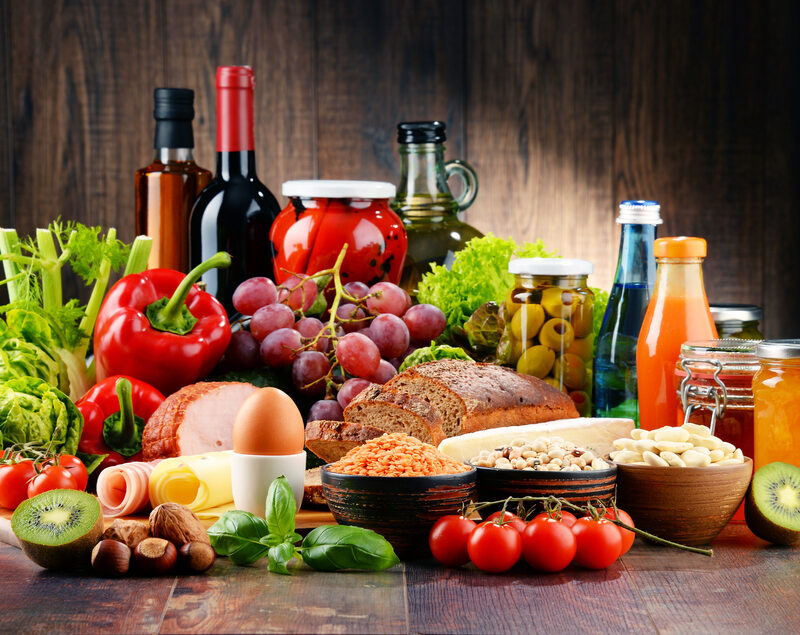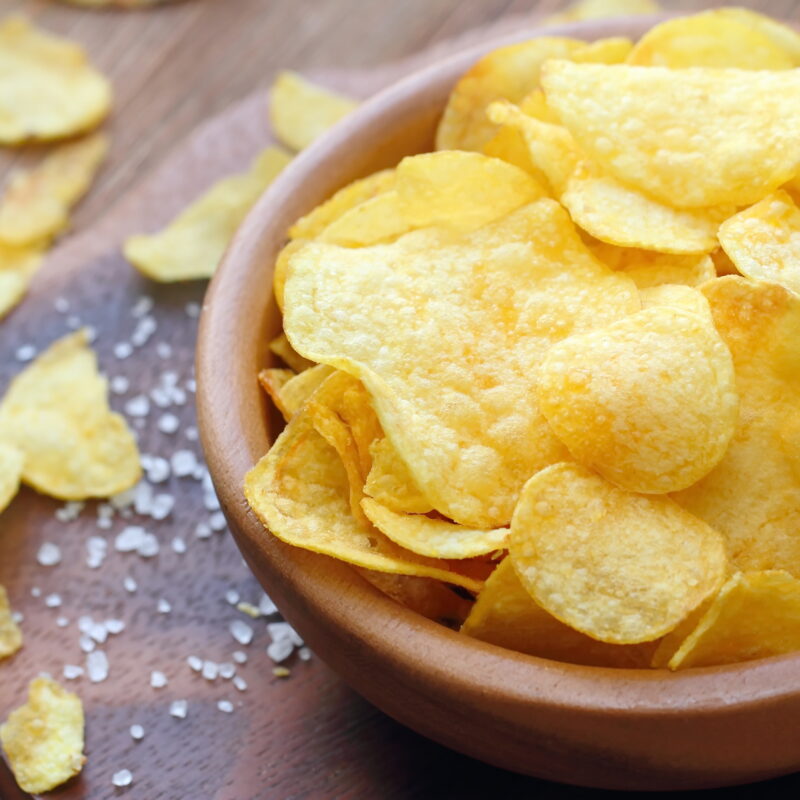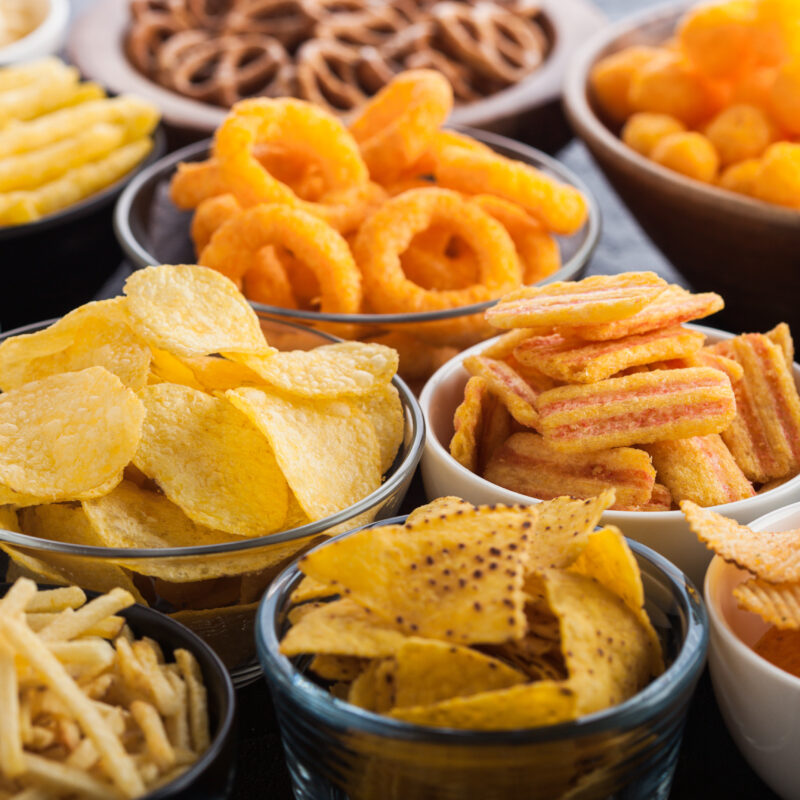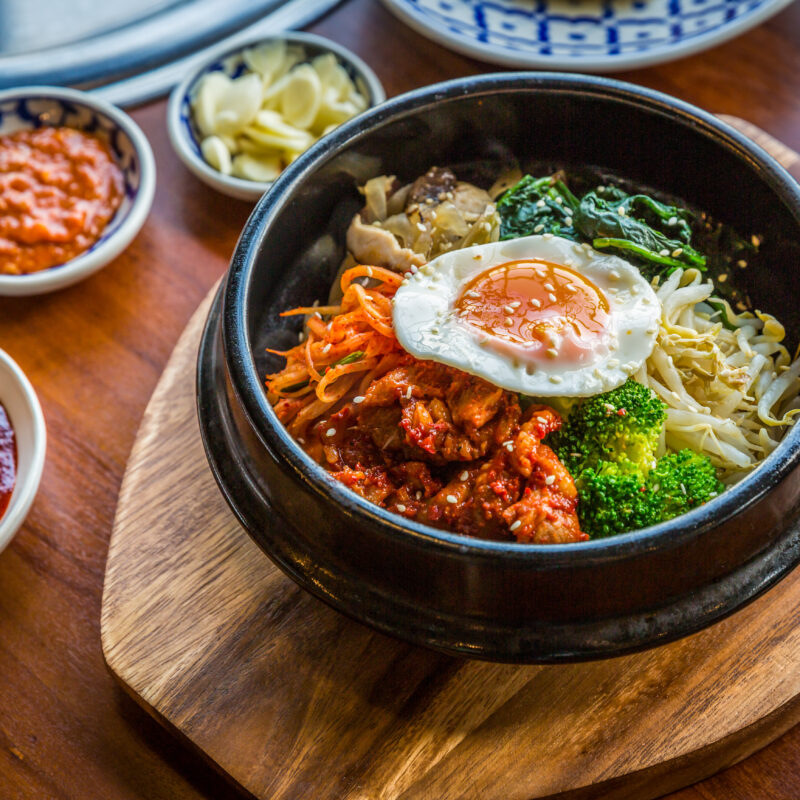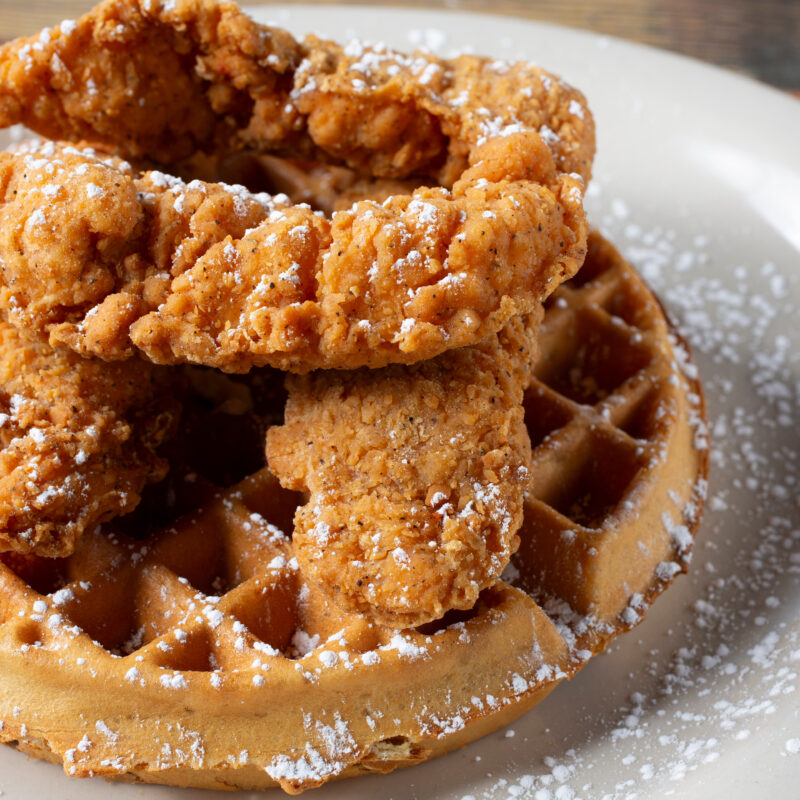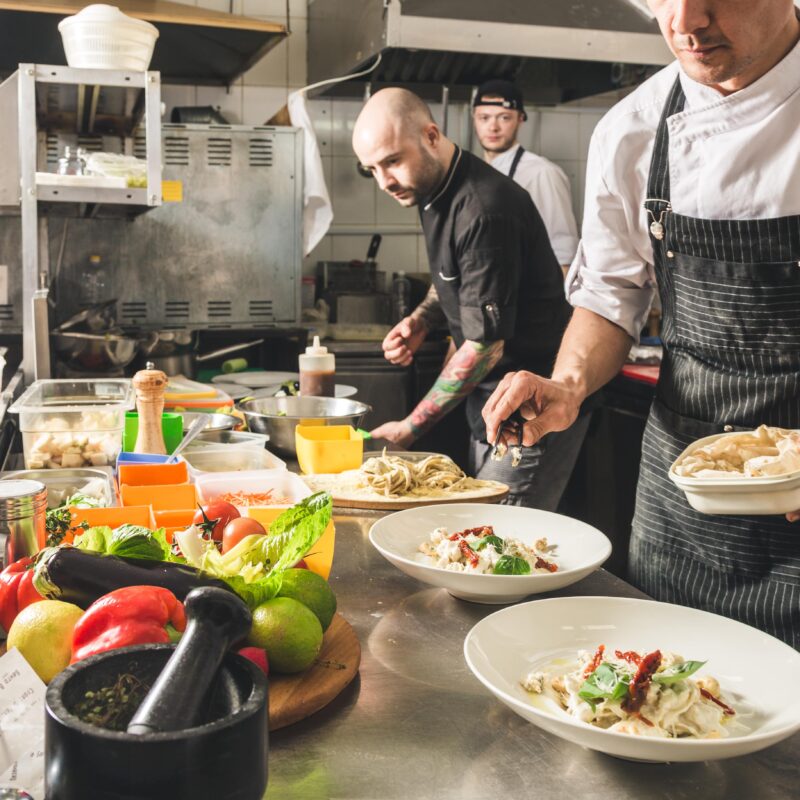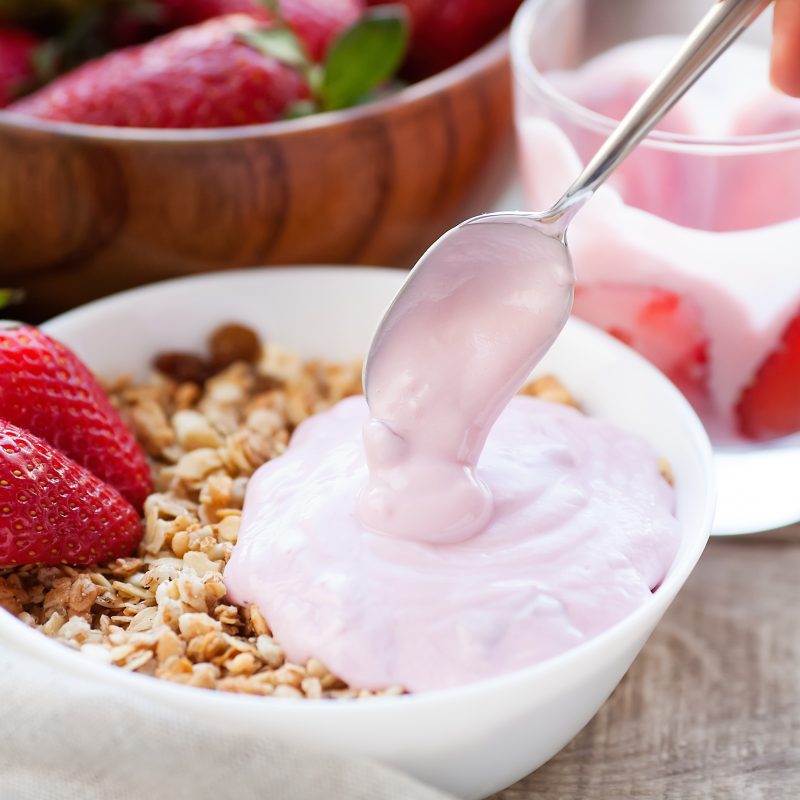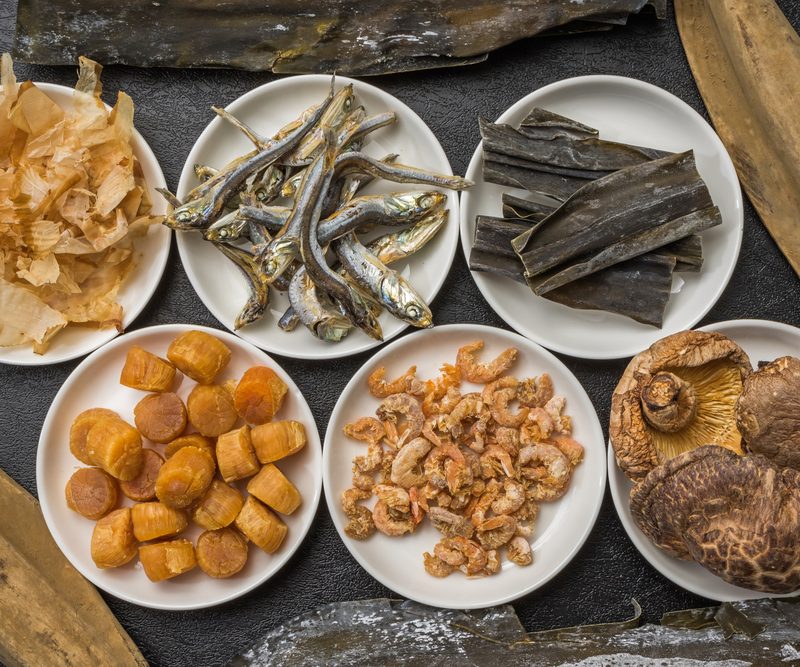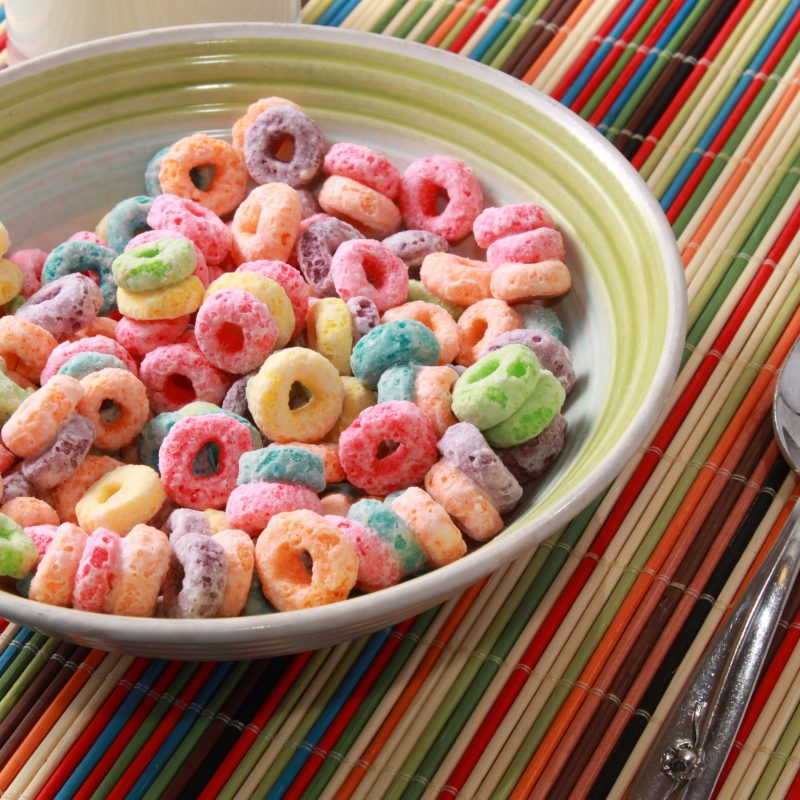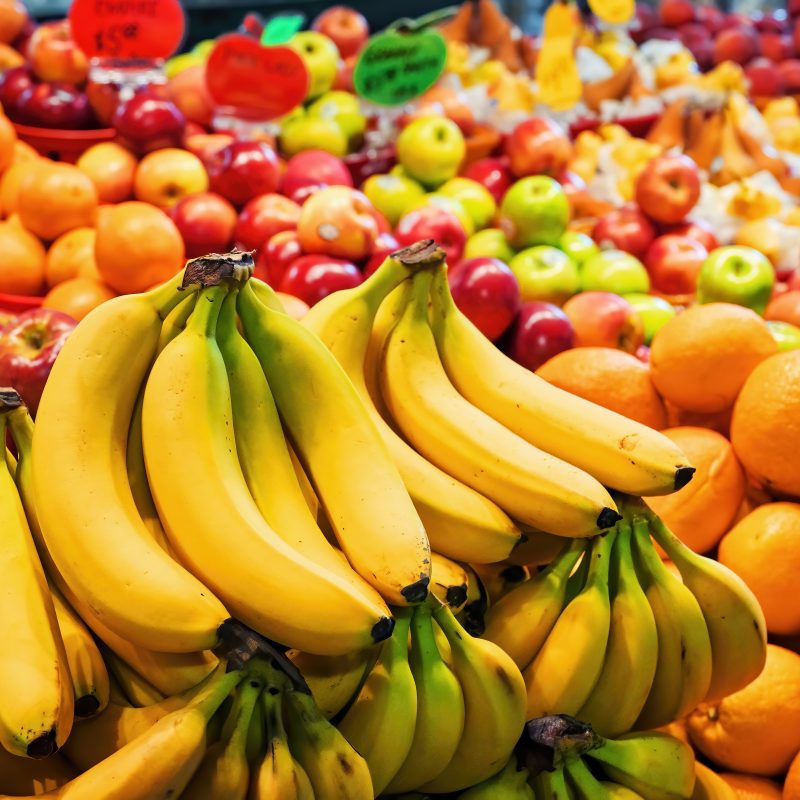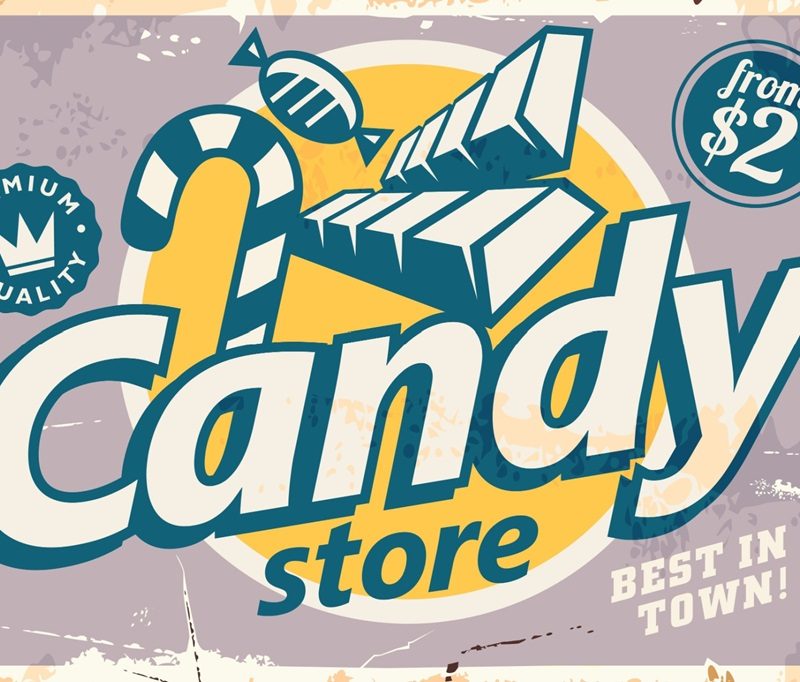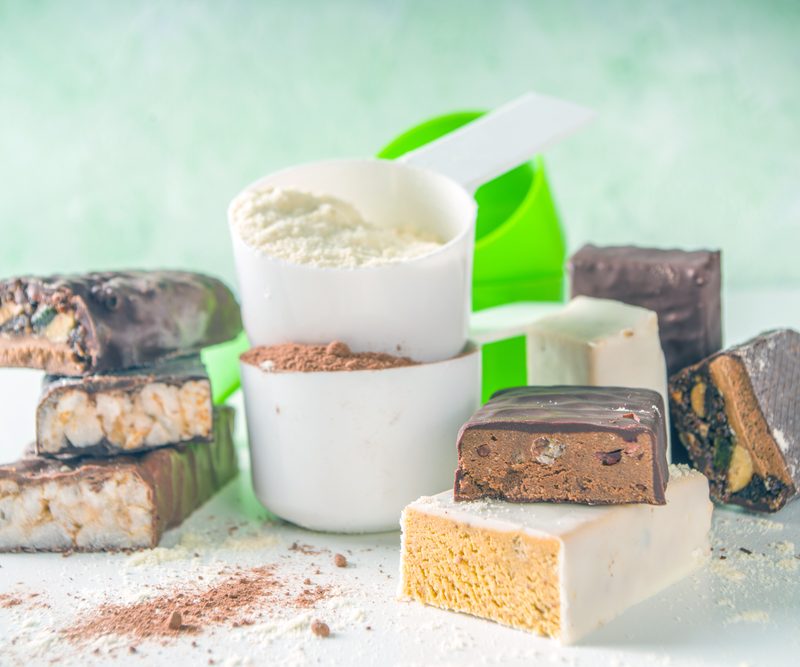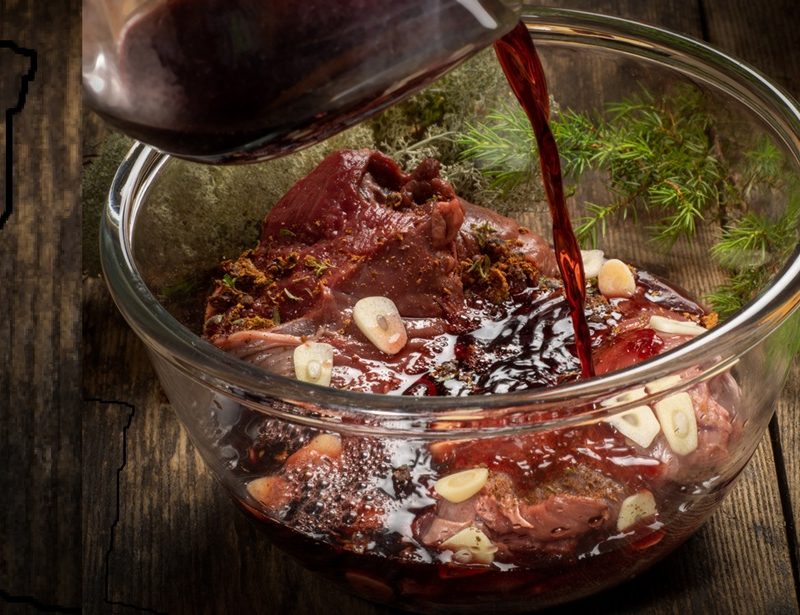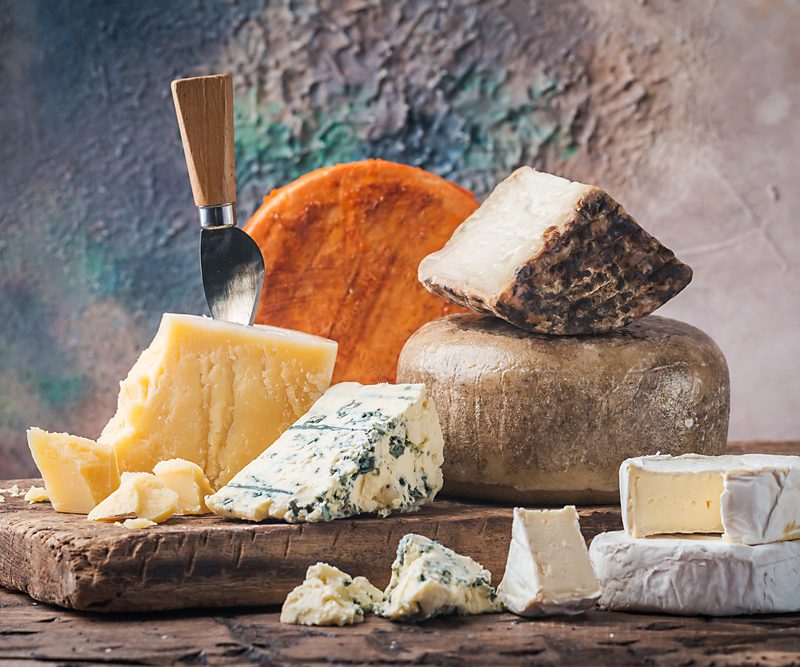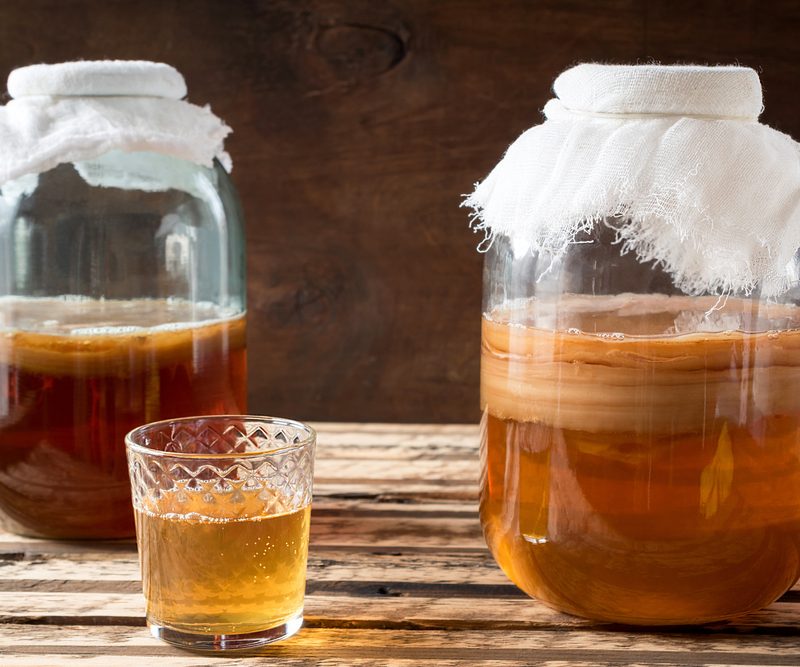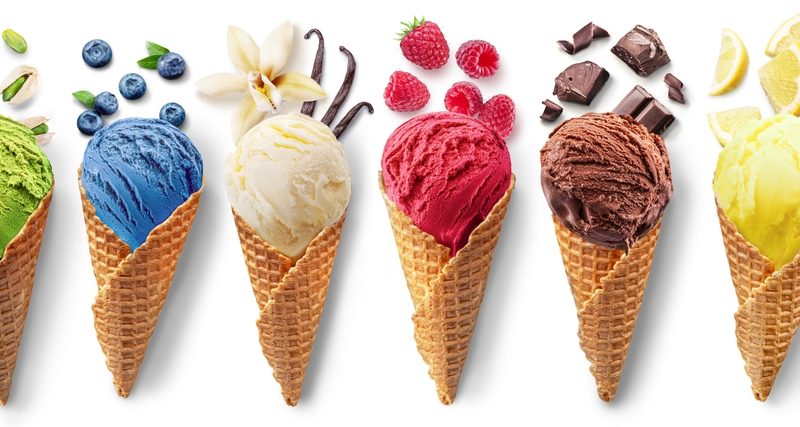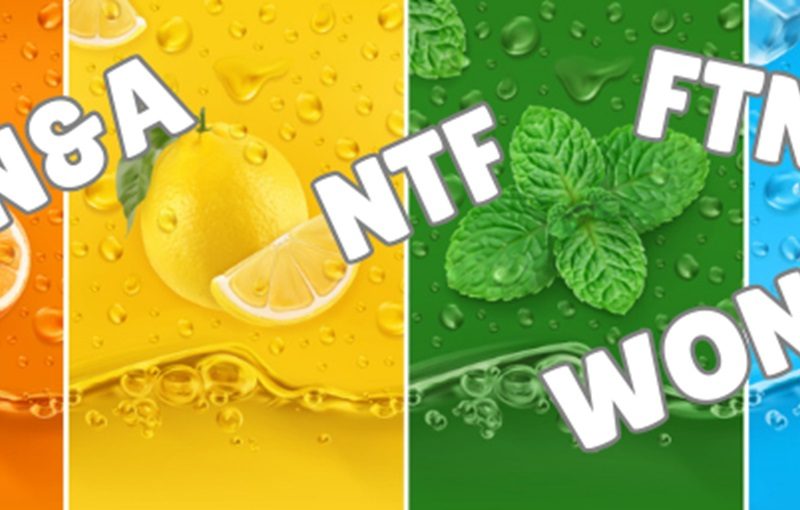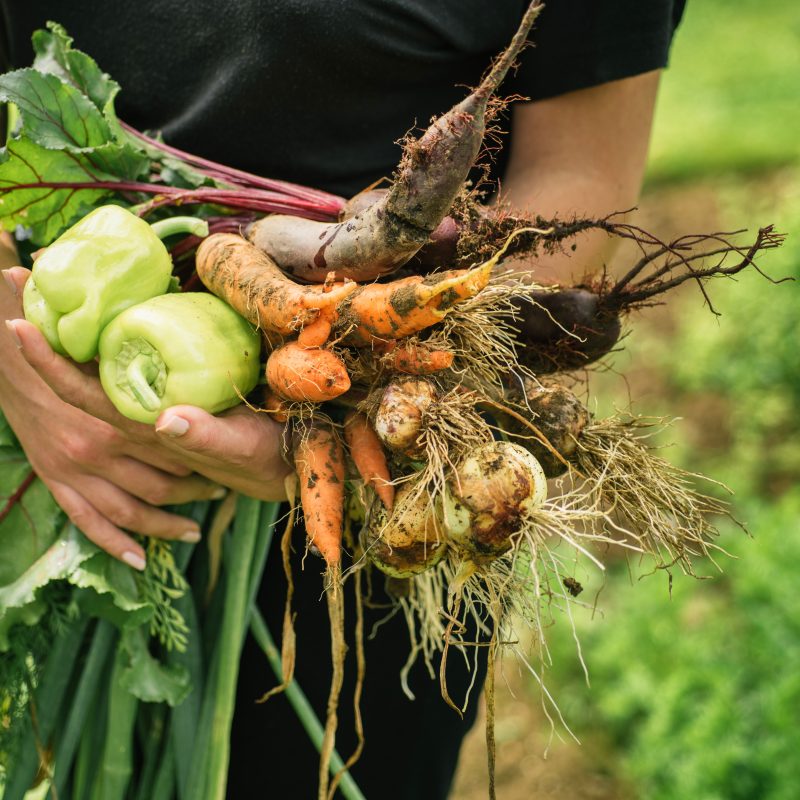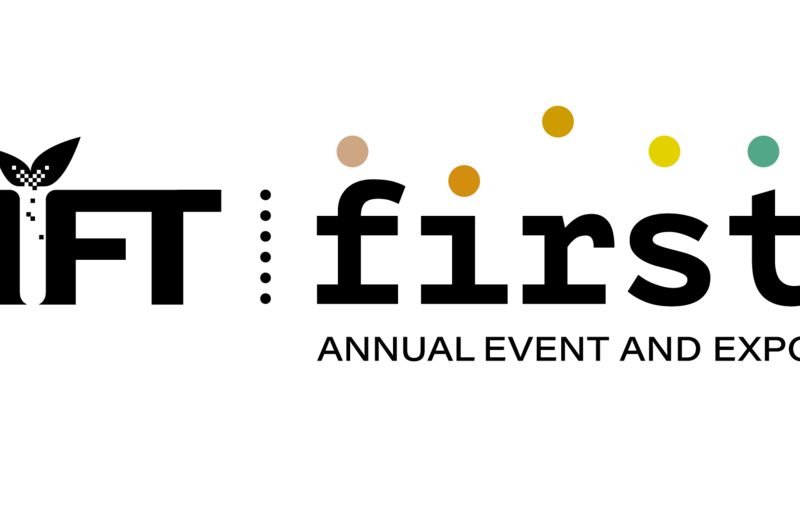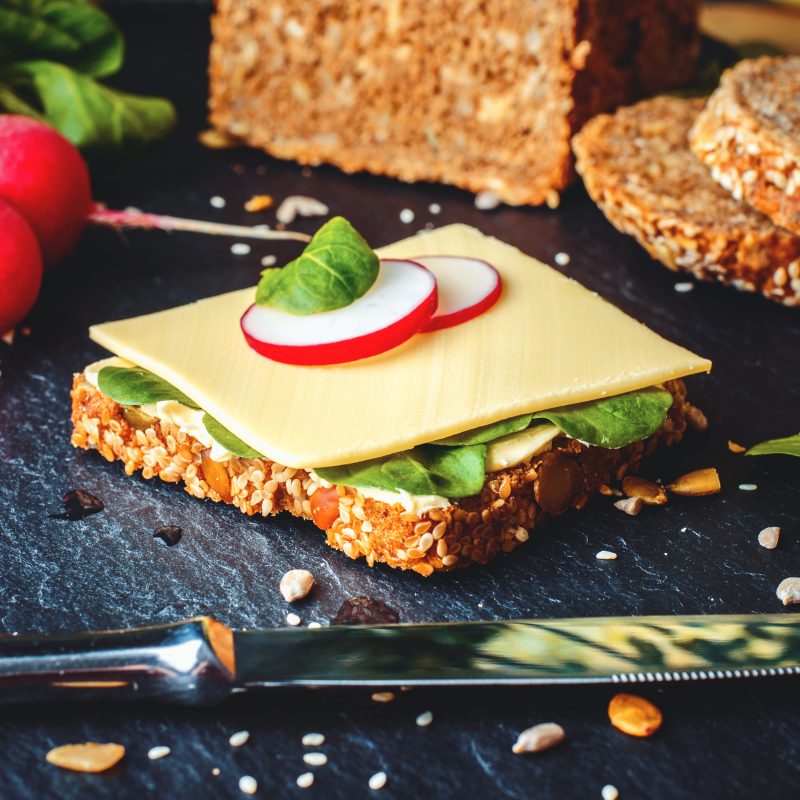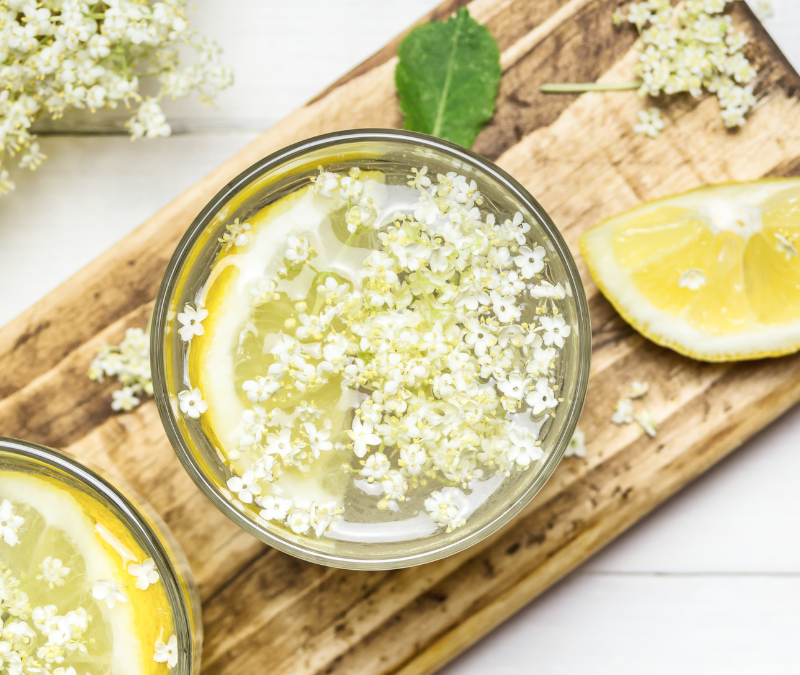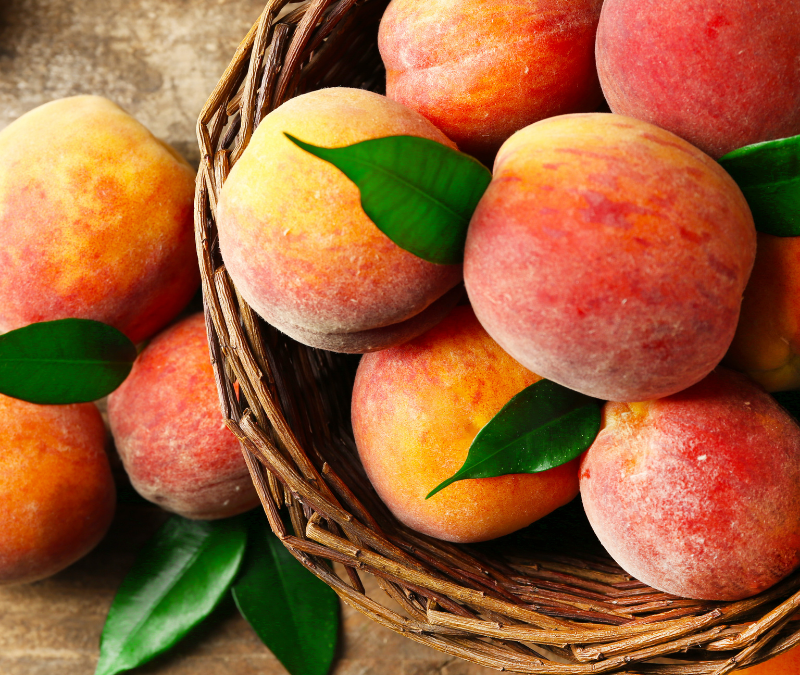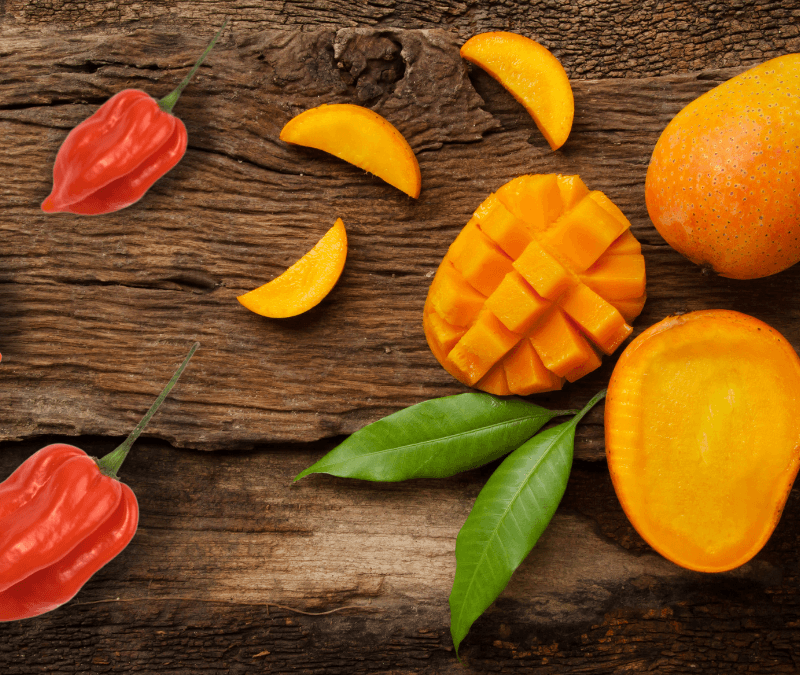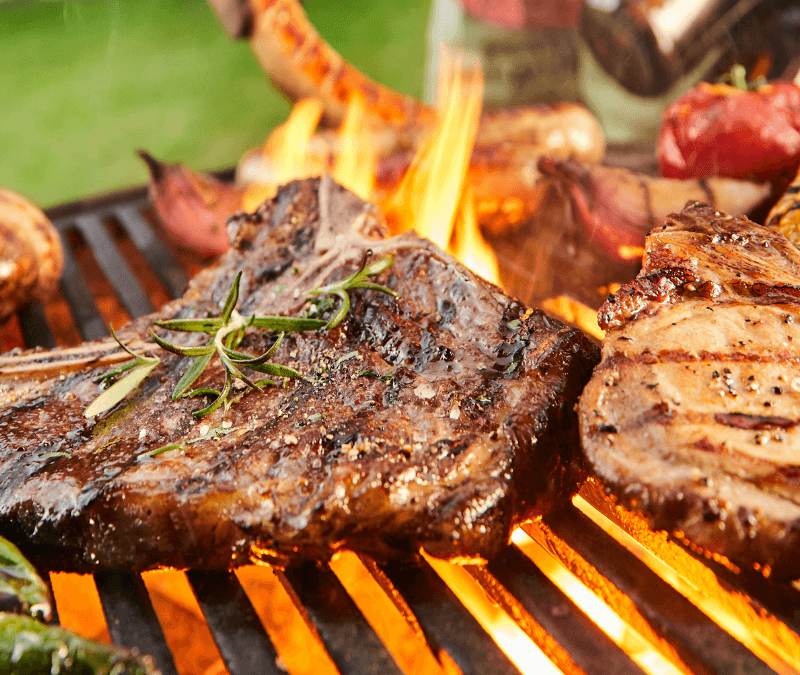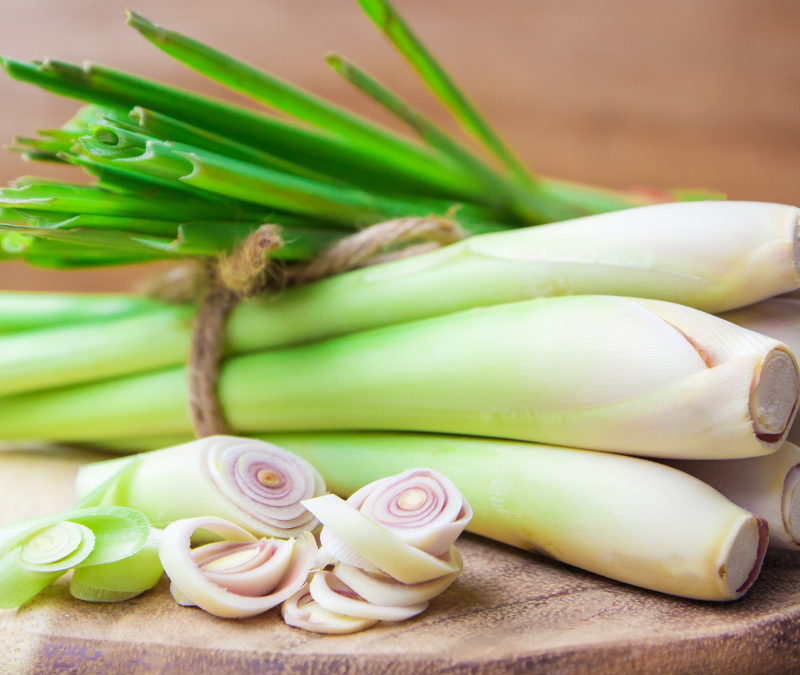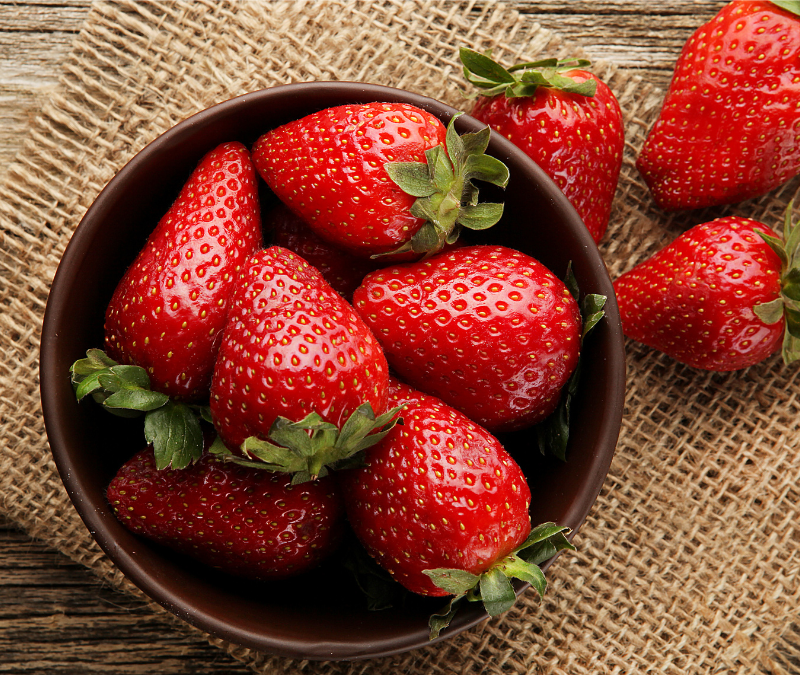Introduction
Like many categories in the Food and Beverage industry, capturing consumer interest and loyalty, in regards to taste, requires a tricky balance between time-honored classics and innovation. The cheese industry is no exception. The current global pandemic has brought this conundrum, which has been in the background for years, to center stage. Before the pandemic, the U.S. Cheese market size was valued at $34.3 billion in 2019 and was projected to reach $45.5 billion by 2027 (5.25% CAGR 2020-2027). It is impossible to speculate how these projections will hold up amidst current economic disruption, but consumer purchasing behavior thus far into lockdown may suggest that growth may persevere. This blog will examine the growth of cheese consumption in recent years, the current state of the market, and where the cheese industry could be in the future.
Read Chris Milligan’s Ask the Expert – How to Add Natural Flavors to Cheese
What are the Trends?
The consumption of cheese and cheese products is not a new trend in North America. Canadians, Mexicans, and Americans have been enjoying cheese in different formats and flavors for centuries. In the early 17th-century, the French explorer Samuel de Champlain brought three cattle to present-day Canada to produce the oldest style of cheese in North America, called Paillason. Immigrants subsequently brought cheese recipes from the Old World, and eventually adapted their traditional foods to the new environment. Needless to say, cheese has been enjoyed for a long time, but modern innovations have kept it relevant to the consumers today.
While cheese is a category that is strongly associated with heritage and tradition, the cheese market in North America is notable for exploring innovative flavors. The majority of cheese consumption comes in the form of natural hard and soft cheeses. In a survey of American adults in 2019, 70% reported eating natural cheese in the past three months. Therefore, the use of natural flavors to meet natural labeling requirements is of importance. For more information on flavoring natural cheeses, please read dairy expert, Chris Milligan’s blog.
In the United States, consumer preference for cheese type and flavor indicate the classics remain favorites, and stronger, bolder, and innovative flavors are on the rise. Between 2017-2019, a quarter of all flavored cheeses had jalapeno, smoke, or garlic & herb flavors. However, the flavors that experienced the most growth are more innovative. Truffle, chili, dill, and chive & onion flavors grew at double- and triple-digit rates, while many long-standing favorites experienced double digit contraction. Growth rates in terms of the flavoring ingredients used in flavored cheese also support the idea that the classics are still “on-trend.” Cinnamon, paprika oleoresin, smoke flavorings, turmeric extract, and rosemary are all ingredients that have experience triple digit, or near-triple-digit, growth between 2017-2019. Another trend in the flavored cheese space is the use of beverages for inspiration. Cheese producers in the U.S. are using coffee, hot chocolate, prosecco, and gin flavors in their products. To access additional flavor and market data, please sign up for our newsletter. (LINK)
Flavored cheese accounts for 25% of all cheese launches in the United States from November 2018 – October 2019. This is the highest of any region. Brands can enhance the sensory appeal of cheese with unique, aromatic, and novelty flavors that appeal to consumers who are looking for bold and vibrant cheeses. 29% of cheese eaters in the U.S. consider bold flavors to be important when buying cheese. Trilogy recognizes this, and has developed a line of innovative flavors such as Black Truffle, Buffalo Wing, and Pepperoni to meet customer demand. (VIEW MORE FLAVORS HERE | LINK TO SELL SHEET) Attention-grabbing and modern ideas are driving purchasing behavior of consumers, many of whom only leave quarantine to grocery shop. Cheese aisles that regularly have new formats, styles, and flavors can provide a sense of excitement and adventure to house-bound consumers.
What is Driving the Trend?
- Nutrition – With health being a number one concern amongst most Americans, consumers are increasingly cognizant of the nutritional benefits associated with what they eat. 76% of American adults agree that cheese is part of a healthy diet. The majority of this can be attributed to the fact that cheese is high in protein and calcium. Cheese brands can look to other dairy categories such as yogurt and milk for inspiration. These categories have successfully drawn attention to the inherent nutritional properties in dairy such as various proteins and active cultures for gut health.
- Adaptable – Whether a consumer is vegetarian, omnivorous, vegan, keto, paleo, or even training for a marathon, there is likely a cheese that meets their dietary needs. In the U.S., consumption of dairy-free cheese stands at 12%. From vegan soy-based cream cheese to a keto high-fat aged cheddar, there is a cheese for everyone. Cheese is increasingly viewed as a viable meat alternative for its protein content. Whether it’s added to a vegetarian or a meat dish, cheese can be a reliable staple to supplement or compliment many foods.
- Comfort – Cheese has played the role of comfort food across many cultures for centuries. It is no surprise that America’s favorite comfort food is macaroni and cheese. This is especially true during the current global pandemic. With the unstable economic climate, consumers are looking for products that are budget-friendly, convenient, and pleasurable. Dairy offers affordable pleasure and indulgence to those that are seeking comfort in their food: in its consumption, the sociability of the eating occasion, and everyday cooking/snacking.
- Flexibility – Cheese finds itself in many applications ranging from savory to sweet and morning until night. Versatility is an important factor of choice in regards to purchasing behavior. Cheese can be found in endless formats such as slices, shreds, triangles, chips, spreads, and even ice cream. The top three occasions for eating cheese in the United States are: 1. On a sandwich (75%) 2. As a snack by itself (53%) 3. As part of a recipe (53%). Cheese can be the main dish, side dish, garnish, or snack. The options are seemingly endless which can entice customers who are looking to optimize their grocery list.
Global Reach
The United States is home to the biggest market for cheese. In 2018, the U.S. sales volume for cheese was 2,466,000 tons. The second and third largest markets, Germany (1,154,000) and France (1,150,000) combined are still not as big. Below, we will examine the markets for flavored cheese across Asia, the Middle East, Europe, and Africa.
Asia Pacific (APAC) – While cheese innovation in the U.S., Europe, and Middle East is predominately focused on natural cheese, processed cheese launches are most prolific in the APAC region. Between 2016-2019 processed cheese accounted for 40% of all cheese launches. Soft and hard cheeses came in second, and both accounted for 22% of launches each. The key to growth in this traditionally dairy-sensitive region has been adapting to local needs and tastes. The one exception is Australia, which has the highest per capita consumption in the region. This can easily be attributed to its long-stranding cultural ties to the UK and Western Europe.
Examples of Innovative Flavored Cheeses across the APAC region: Ice-cream flavored Cheese bites (China), Mango and Pineapple flavored processed cheese (Inner Mongolia), Chili sauce cheese snacks (Indonesia), Anchovy and Garlic cheese snacks (Japan), Banana flavored Cubed Cheese (South Korea), Fig & Fennel with Wattleseed Cream Cheese (Australia)
Europe, Middle East, and Africa (EMEA) – While Europeans may consume more cheese per capita compared to those living in Africa or the Middle East, double-digit growth in cheese sales across the region exists only in South Africa and Turkey. In Europe, cheese innovation focuses on developing new approaches to traditional concepts. Brands are innovating with intriguing flavors, novel formats, and alternative eating occasions to excite consumers. Cheese has long been a part of European culture, so many of its citizens, especially younger generations have grown bored with the classics. Brands have addressed this phenomenon by attempting to reignite excitement with new offerings. So far, this strategy has seemed to work. 74% of adults in the UK say that they enjoy shopping for cheese. This has been done by giving consumers a reason to enjoyably scrutinize their options. This can be achieved with attention-grabbing flavors, ingredients, and formats.
Examples of Innovative Flavored Cheeses across the EMEA region: Bombay Curry Cream Cheese (Sweden), Mint Chocolate Chip White Stilton (UK), Halloumi with Chili (Austria), Spicy Cheese Spread (Egypt), Tandoor Cheese Steak (Switzerland)
Conclusion
Many producers are asking the question, “What does the current global climate mean for cheese?” Although consumer purchasing behavior can be impacted during recessionary times, essential household staples like cheese are expected to be prioritized. It is our prediction that the cheese market will be relatively resilient to the post-COVID-19 economy. Cash-stretched consumers may look to retailers to provide pleasure and nutrition at a value. During times of crisis, consumers are looking for positive and assuring messages amidst the noise. Transparent, consistent, and exciting marketing initiatives can pay off in the form of brand loyalty. Few foods are as versatile, nutritious, delicious, and comforting as cheese which makes it an ideal canvas for flavor. Trilogy’s line of flavors for cheese is developed by industry experts and flavorists in our dairy lab. From champagne to mango habanero to custom flavors, our team welcomes your inquiries.
Source: Mintel Food and Drink Platform
